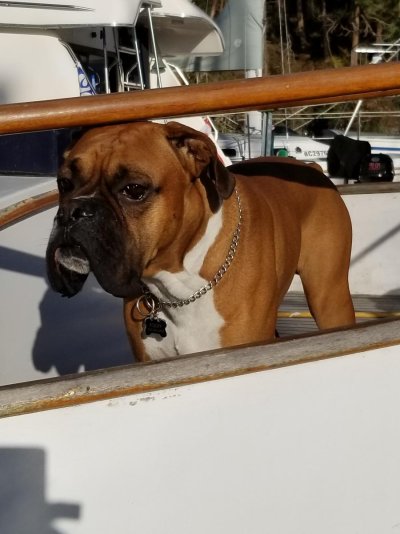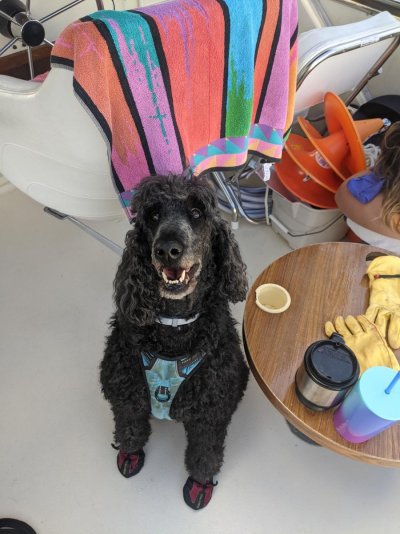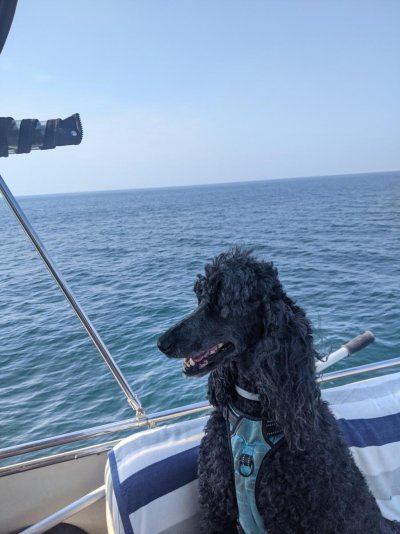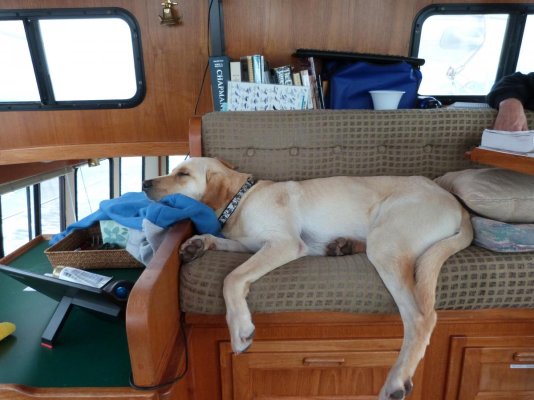I see that many people have dogs on board.
I’d like to get a puppy but am concerned about what it’s like to have a dog on board. How to train them. Potential damage to the boat. Safety for the puppy. Issues with bathroom situations.
(Maybe it would be best to get an older dog?). I’m thinking of a dog like an English Springer spaniel (perhaps too energetic) or a lab.
I have a Portuguese bridge and walk around decks so that handles some of the concerns.
I’ll be more on the hook than at marinas. I also wonder about access to 5e shore in Desolation and The Broughtons.
Any helpful suggestions or experiences?
I’d like to get a puppy but am concerned about what it’s like to have a dog on board. How to train them. Potential damage to the boat. Safety for the puppy. Issues with bathroom situations.
(Maybe it would be best to get an older dog?). I’m thinking of a dog like an English Springer spaniel (perhaps too energetic) or a lab.
I have a Portuguese bridge and walk around decks so that handles some of the concerns.
I’ll be more on the hook than at marinas. I also wonder about access to 5e shore in Desolation and The Broughtons.
Any helpful suggestions or experiences?









